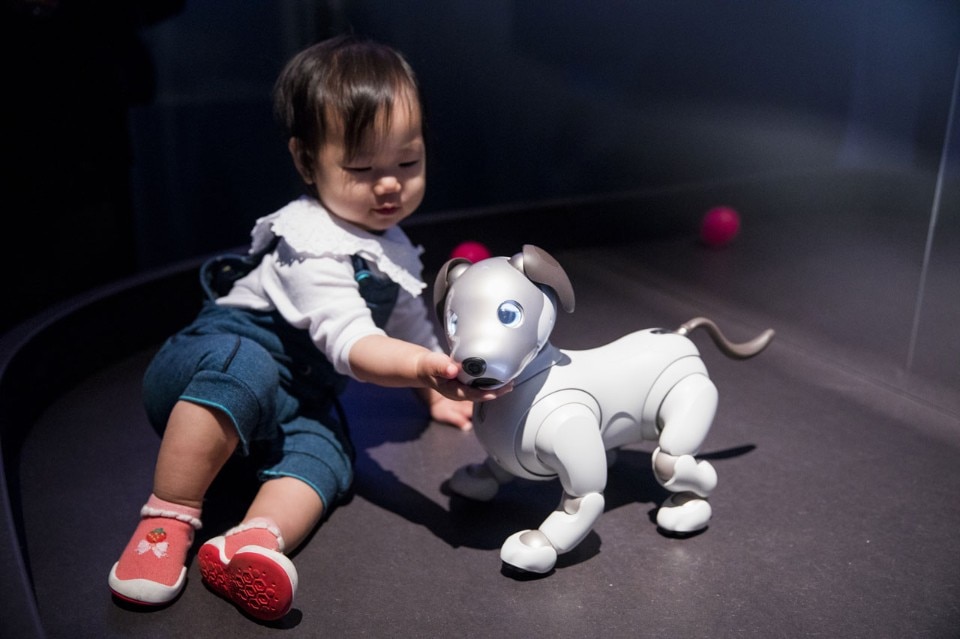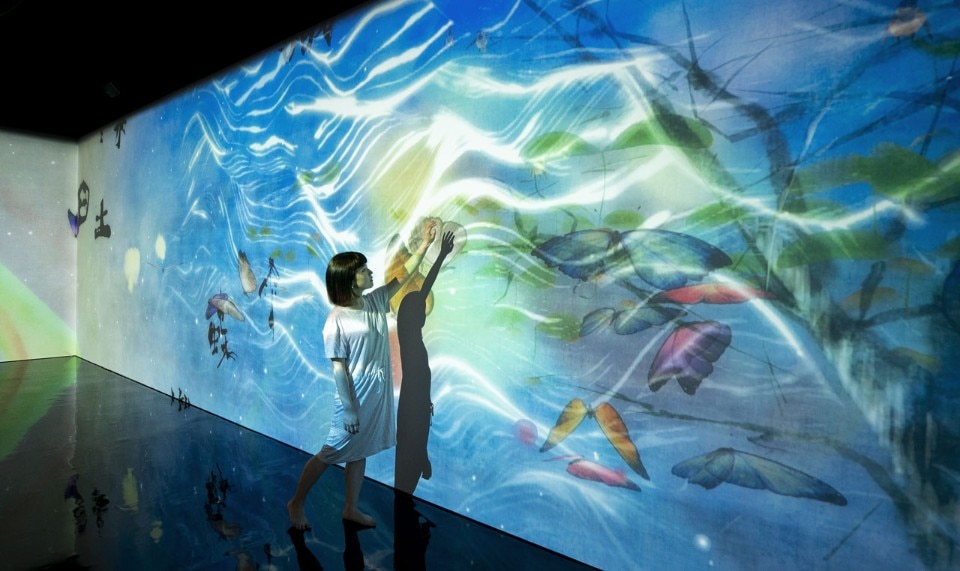In New York in 1939, visitors to the exhibition “Futurama” wore a badge that read “I have seen the future”, while a large and amazing model designed by Norman Bel Geddes presented the image of a city of the future. There is a similar climax to the exhibition “AI: more than nature” at the Barbican Centre in London. Curated by Suzanne Livingstone and Maholo Uchida, the exhibition is set out as a spectacular study into artistic and scientific developments in artificial intelligence.
It is an exploration of the evolution of relationships between humankind and technology that brings together works and designs by researchers, artists, designers and scientists, divided into four sections. Through a multitude of immersive and interactive environments, visitors are given first-hand experience of the devices that feed artificial intelligence. An experience that offers visitors the instruments that allow them to independently decide how to navigate through our evolving world.
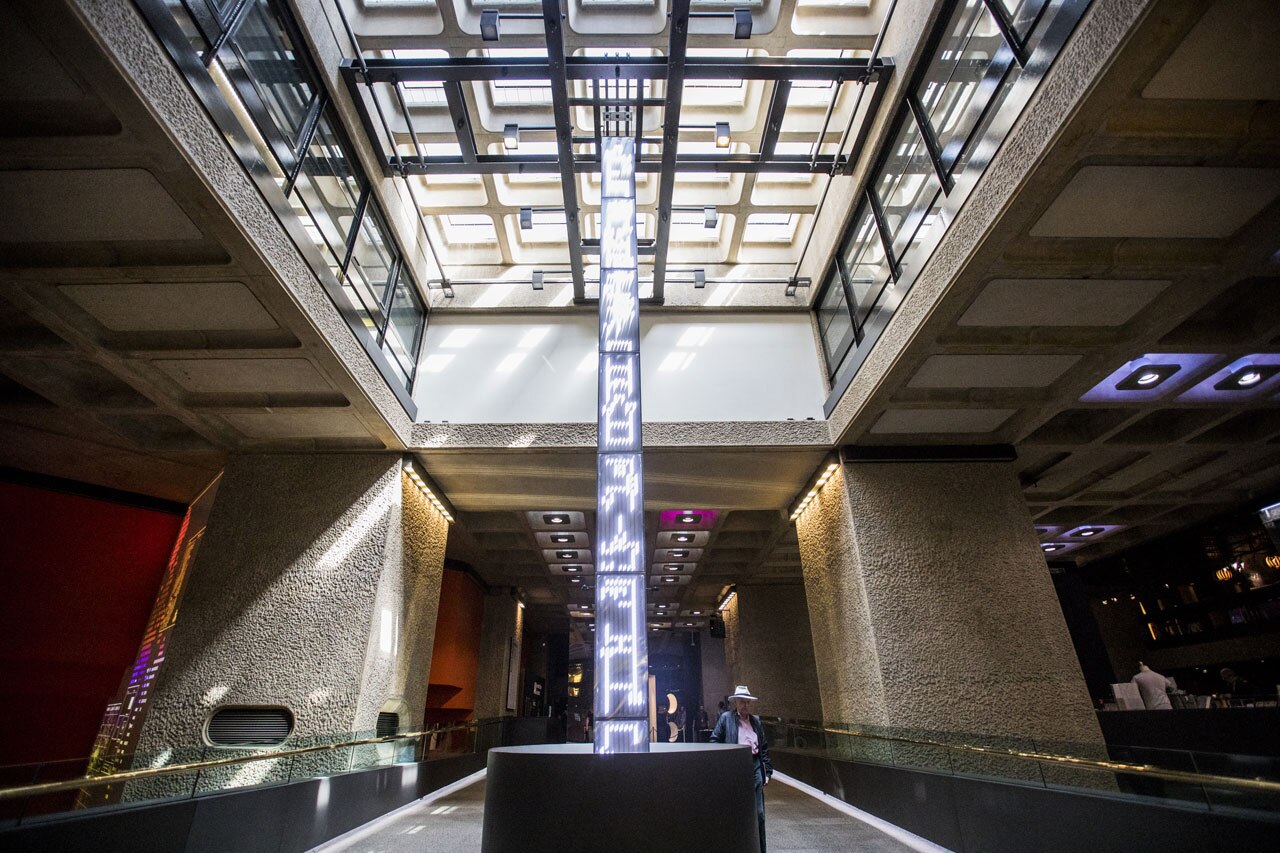
 View gallery
View gallery
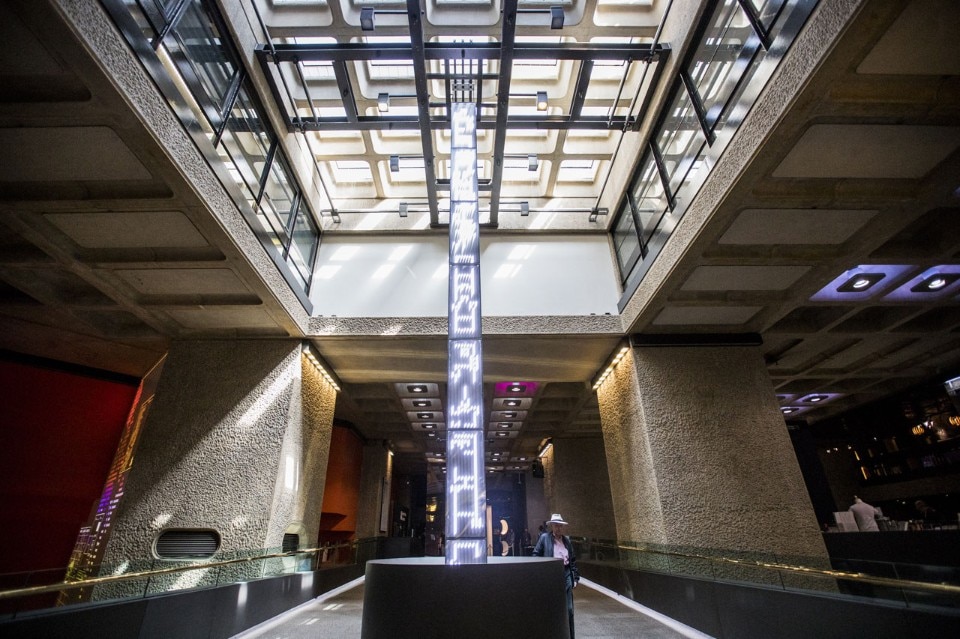
AI: More than Human
Exhibition at the Barbican Centre, London, 2019. Curated by Suzanne Livingstone and Maholo Uchida. Open until 26 August 2019
Totem © Chris Salter in collaboration with Sofian Audry, Takashi Ikegami, Alexandre Saunier and Thomas Spier. Photo Tristan Fewings/Getty Images
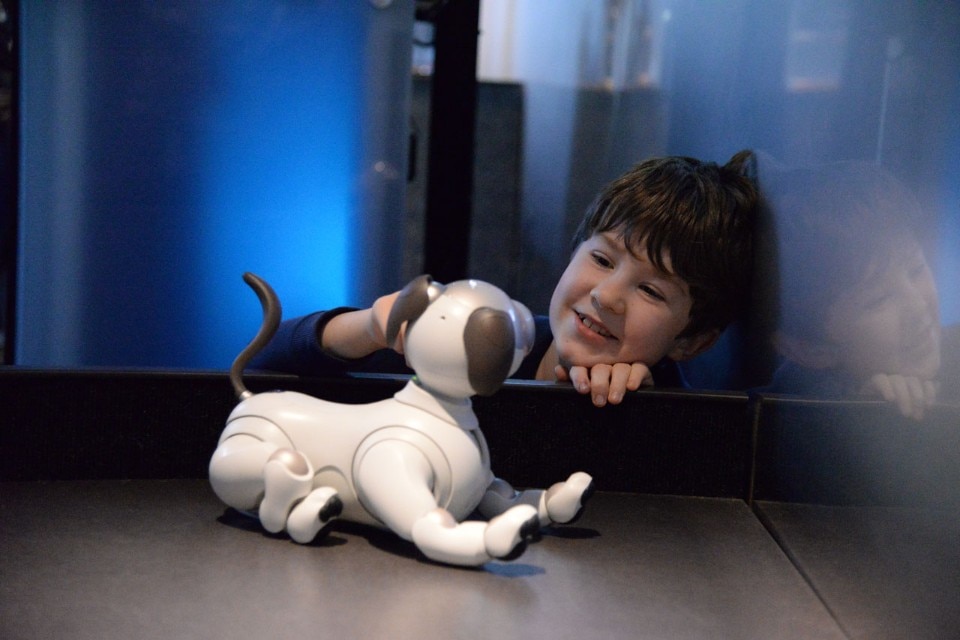
AI: More than Human
Exhibition at the Barbican Centre, London, 2019. Curated by Suzanne Livingstone and Maholo Uchida. Open until 26 August 2019
aibo © Sony Corporation. Photo Tristan Fewings/Getty Images
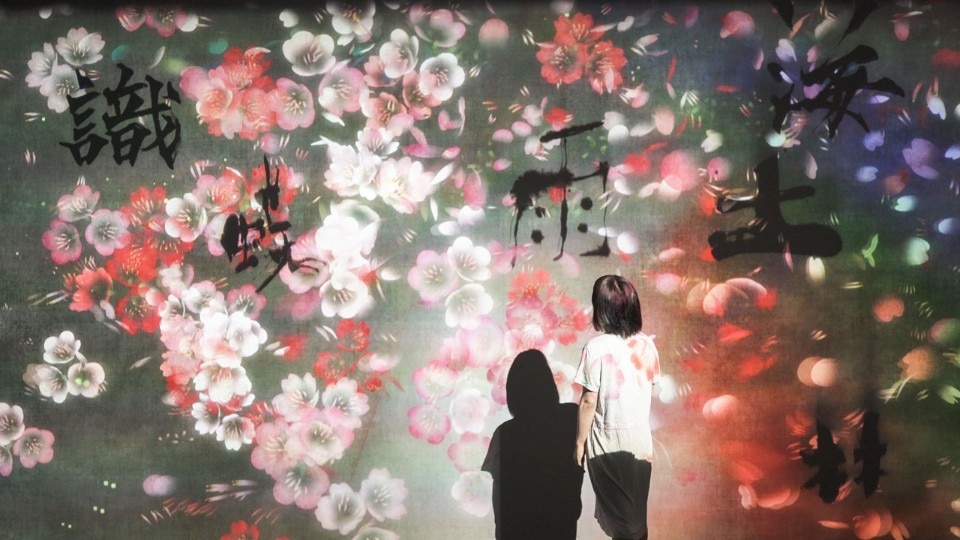
AI: More than Human
Exhibition at the Barbican Centre, London, 2019. Curated by Suzanne Livingstone and Maholo Uchida. Open until 26 August 2019
What a Loving and Beautiful World, © teamLab
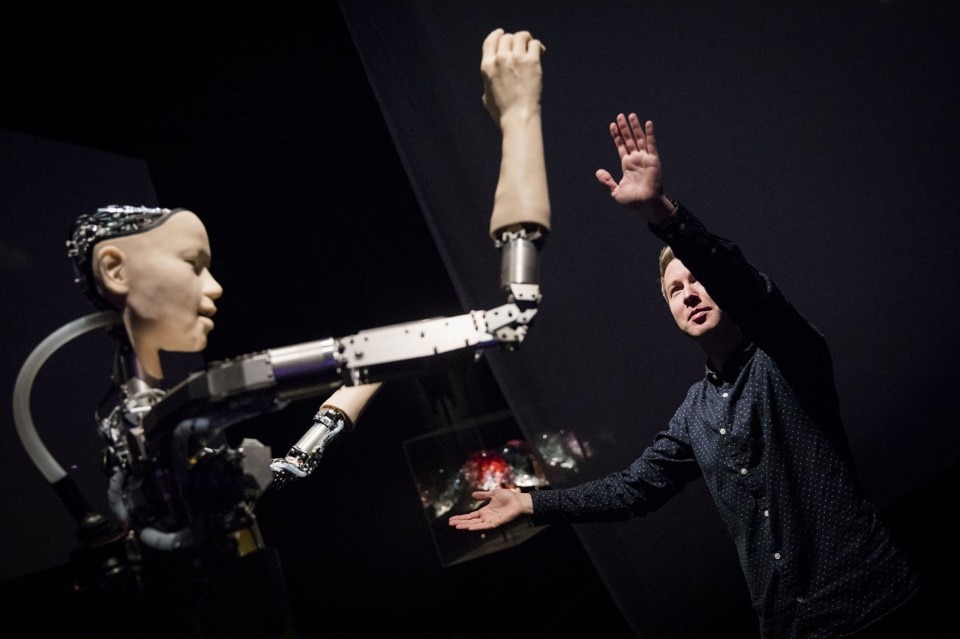
AI: More than Human
Exhibition at the Barbican Centre, London, 2019. Curated by Suzanne Livingstone and Maholo Uchida. Open until 26 August 2019
Alter 3 © Hiroshi Ishiguro, Takashi Ikegami and Itsuki Doi. Photo Tristan Fewings/Getty Images
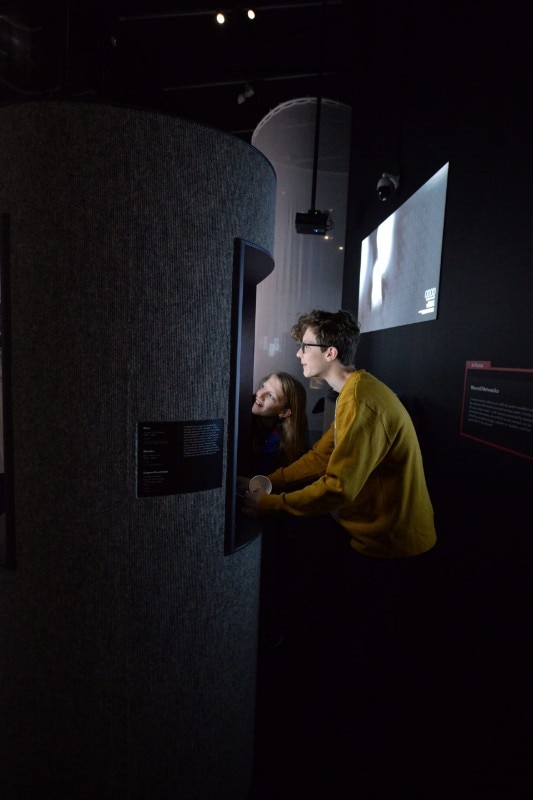
AI: More than Human
Exhibition at the Barbican Centre, London, 2019. Curated by Suzanne Livingstone and Maholo Uchida. Open until 26 August 2019
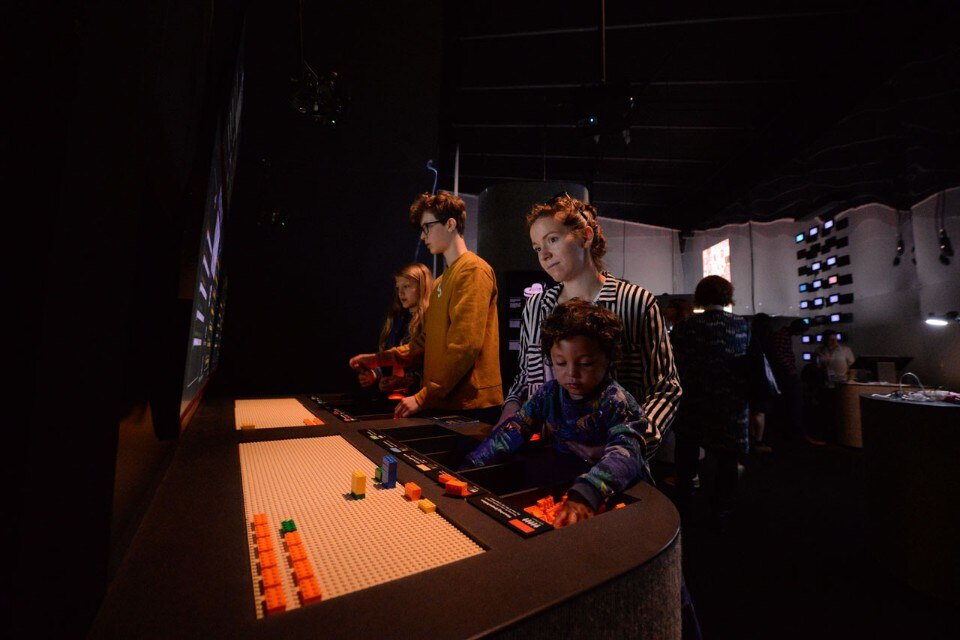
AI: More than Human
Exhibition at the Barbican Centre, London, 2019. Curated by Suzanne Livingstone and Maholo Uchida. Open until 26 August 2019
Kreyon City © Sony Computer Science Laboratory. Photo Tristan Fewings/Getty Images
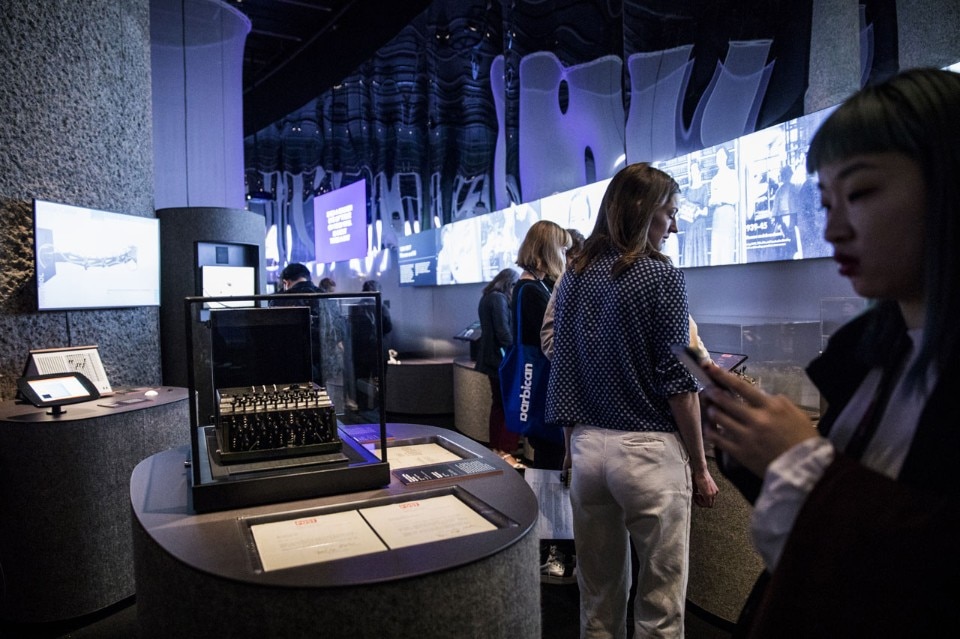
AI: More than Human
Exhibition at the Barbican Centre, London, 2019. Curated by Suzanne Livingstone and Maholo Uchida. Open until 26 August 2019
Photo Tristan Fewings/Getty Images
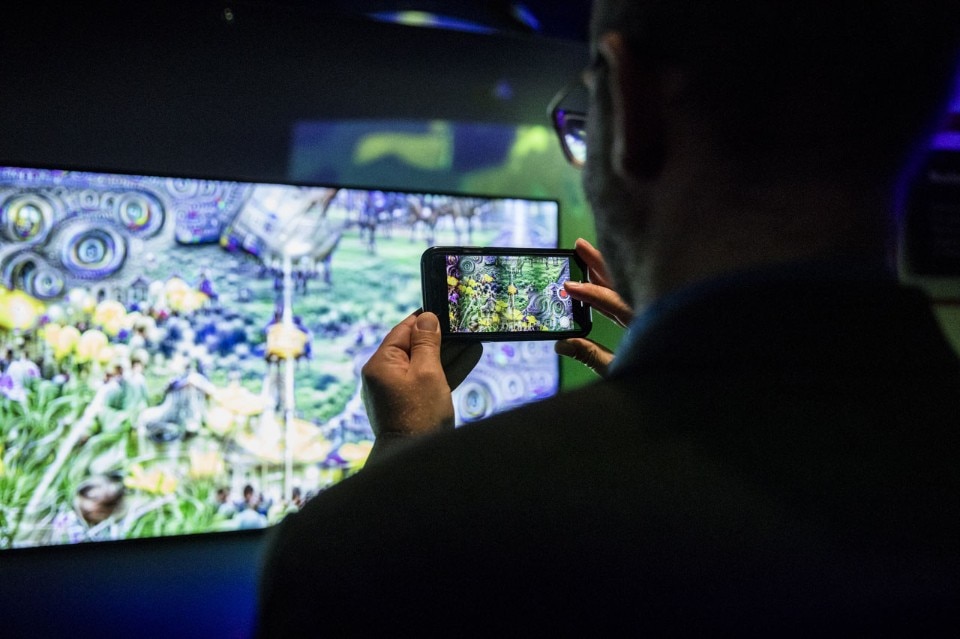
AI: More than Human
Exhibition at the Barbican Centre, London, 2019. Curated by Suzanne Livingstone and Maholo Uchida. Open until 26 August 2019
DeepDream: The Artificial Pareidolia © Alexander Mordvintsev Photo Tristan Fewings/Getty Images
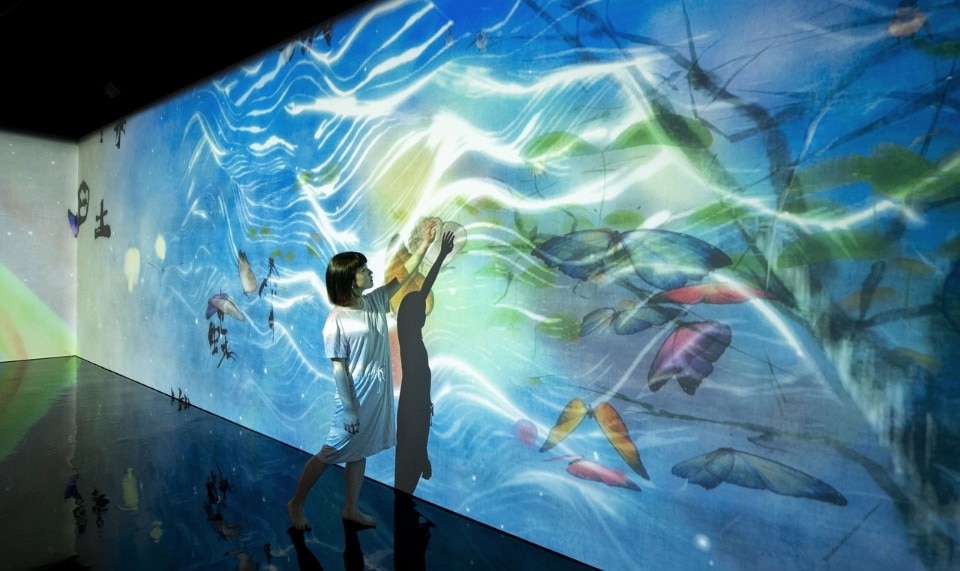
AI: More than Human
Exhibition at the Barbican Centre, London, 2019. Curated by Suzanne Livingstone and Maholo Uchida. Open until 26 August 2019
What a Loving and Beautiful World, © teamLab
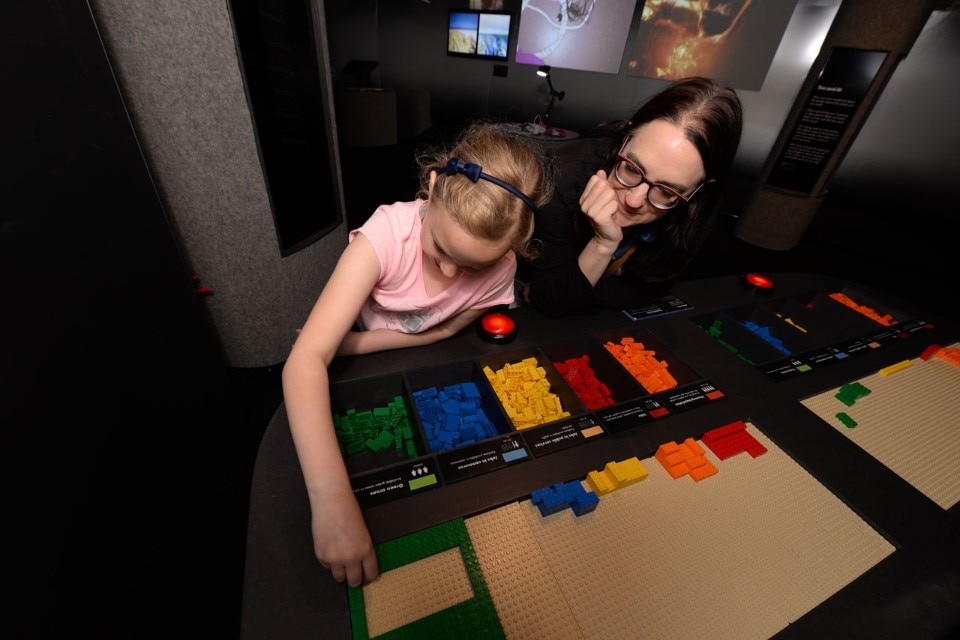
AI: More than Human
Exhibition at the Barbican Centre, London, 2019. Curated by Suzanne Livingstone and Maholo Uchida. Open until 26 August 2019
Kreyon City © Sony Computer Science Laboratory. Photo Tristan Fewings/Getty Images
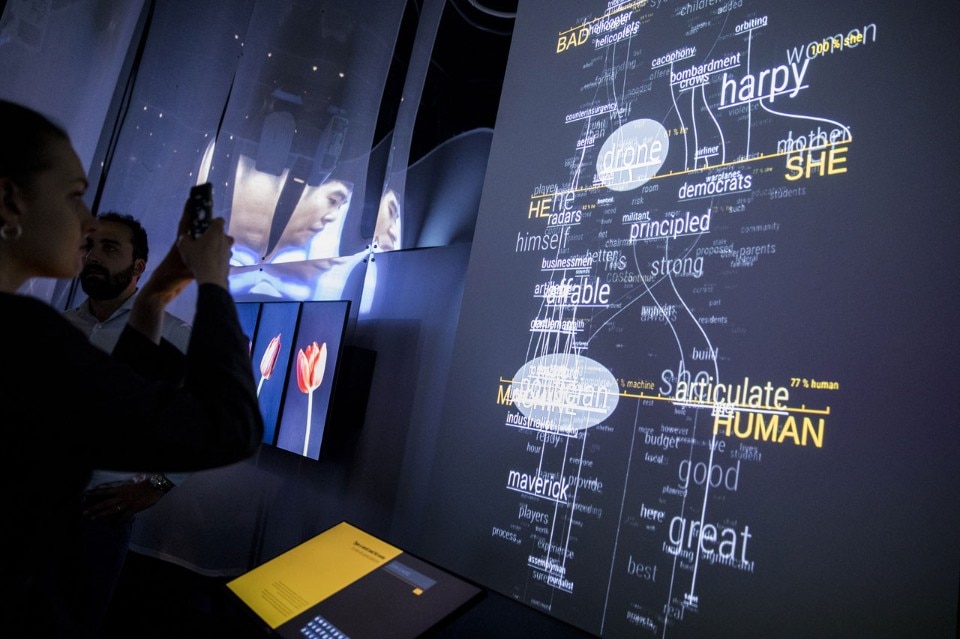
AI: More than Human
Exhibition at the Barbican Centre, London, 2019. Curated by Suzanne Livingstone and Maholo Uchida. Open until 26 August 2019
Waterfall of Meaning © Google PAIR. Photo Tristan Fewings/Getty Images
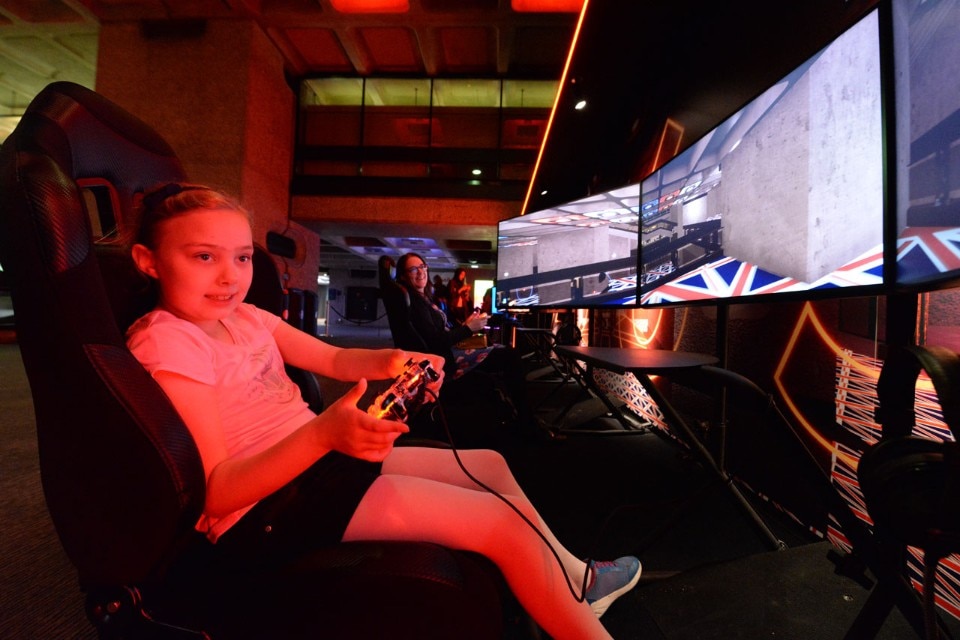
AI: More than Human
Exhibition at the Barbican Centre, London, 2019. Curated by Suzanne Livingstone and Maholo Uchida. Open until 26 August 2019
2065, © Lawrence Lek. Photo Tristan Fewings/Getty Images
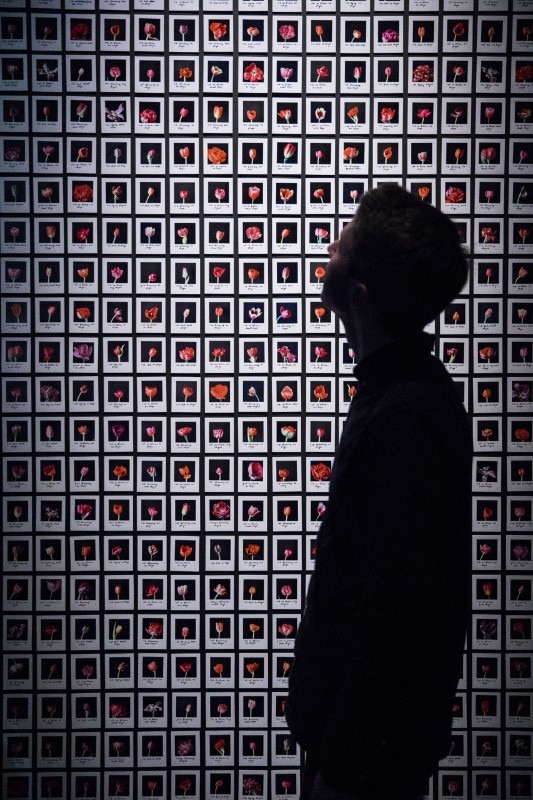
AI: More than Human
Exhibition at the Barbican Centre, London, 2019. Curated by Suzanne Livingstone and Maholo Uchida. Open until 26 August 2019
Myriad (Tulips) © Anna Ridler. Photo Tristan Fewings/Getty Images
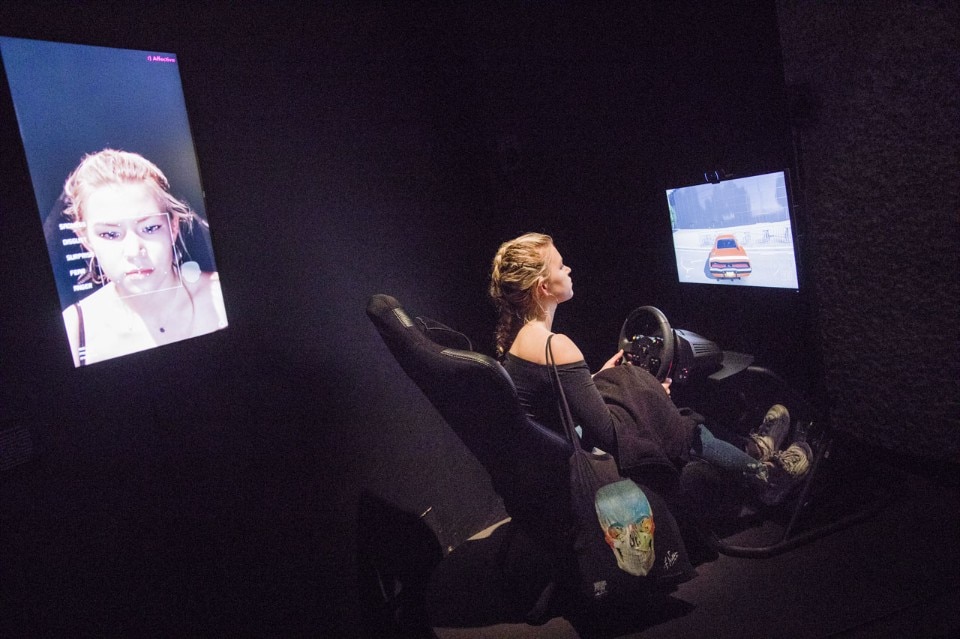
AI: More than Human
Exhibition at the Barbican Centre, London, 2019. Curated by Suzanne Livingstone and Maholo Uchida. Open until 26 August 2019
Affectiva Driving Game © Affectiva. Photo Tristan Fewings/Getty Images
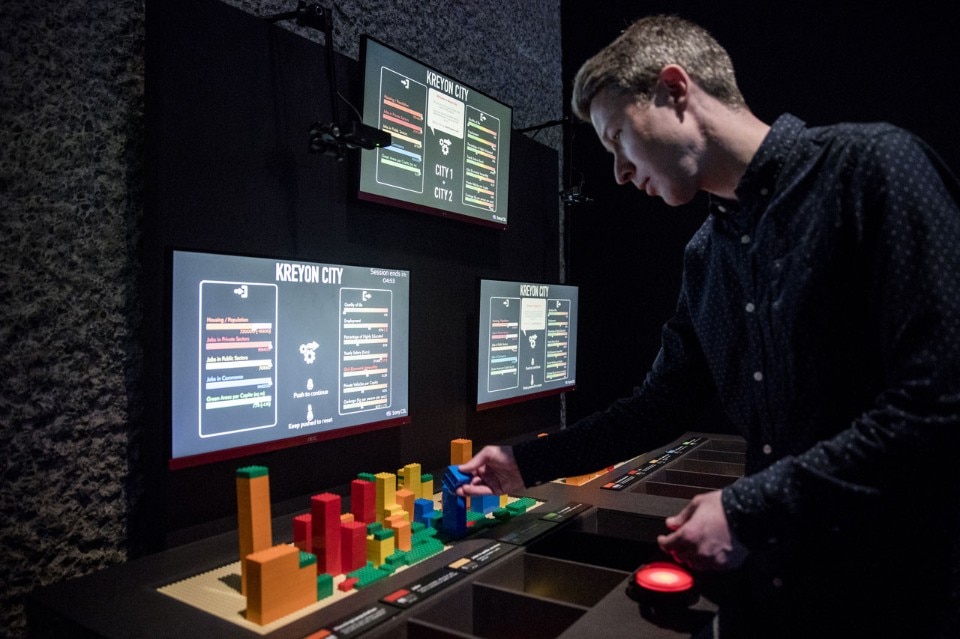
AI: More than Human
Exhibition at the Barbican Centre, London, 2019. Curated by Suzanne Livingstone and Maholo Uchida. Open until 26 August 2019
Kreyon City © Sony Computer Science Laboratory. Photo Tristan Fewings/Getty Images
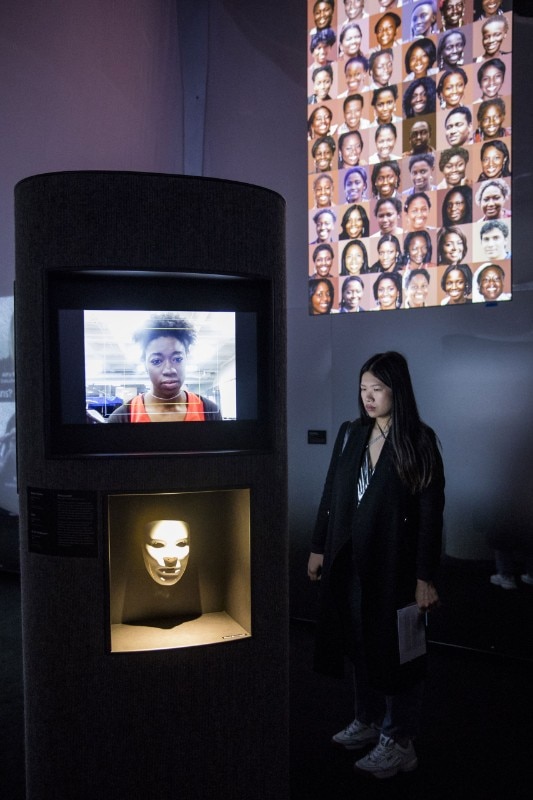
AI: More than Human
Exhibition at the Barbican Centre, London, 2019. Curated by Suzanne Livingstone and Maholo Uchida. Open until 26 August 2019
AI, Ain’t I A Woman © Joy Buolamwini/ The Algorithmic Justice. Photo Tristan Fewings/Getty Images League
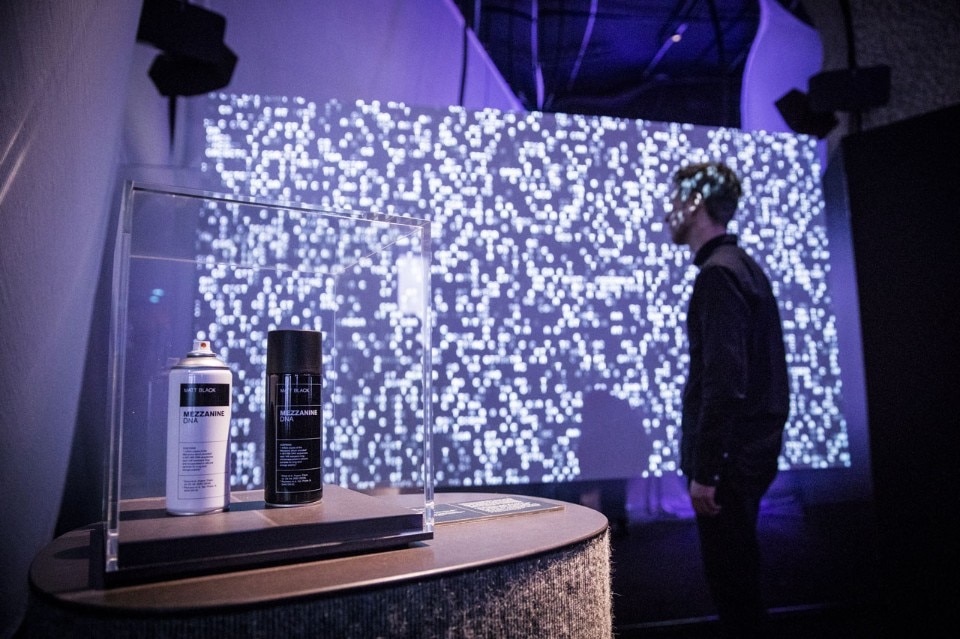
AI: More than Human
Exhibition at the Barbican Centre, London, 2019. Curated by Suzanne Livingstone and Maholo Uchida. Open until 26 August 2019
Mezzanine © Robert del Naja in collaboration with Mick Grierson, UAL, Goldsmith’s College and Andrew Melchior. Photo Tristan Fewings/Getty Images

AI: More than Human
Exhibition at the Barbican Centre, London, 2019. Curated by Suzanne Livingstone and Maholo Uchida. Open until 26 August 2019
3D printed organ scaffolds © Wake Forest Institute for Regenerative Medicine. Photo Tristan Fewings/Getty Images
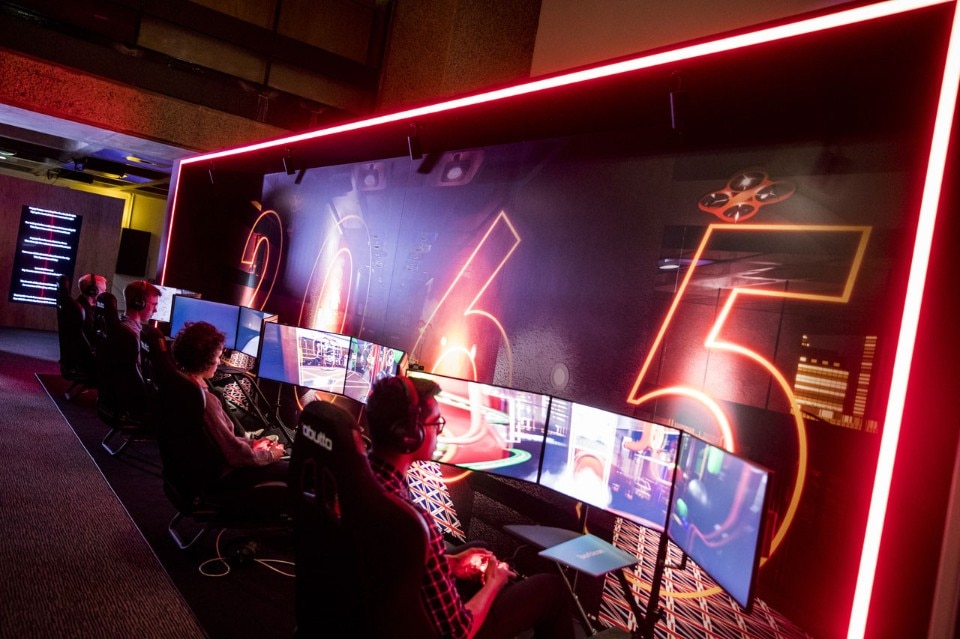
AI: More than Human
Exhibition at the Barbican Centre, London, 2019. Curated by Suzanne Livingstone and Maholo Uchida. Open until 26 August 2019
2065, © Lawrence Lek. Photo Tristan Fewings/Getty Images
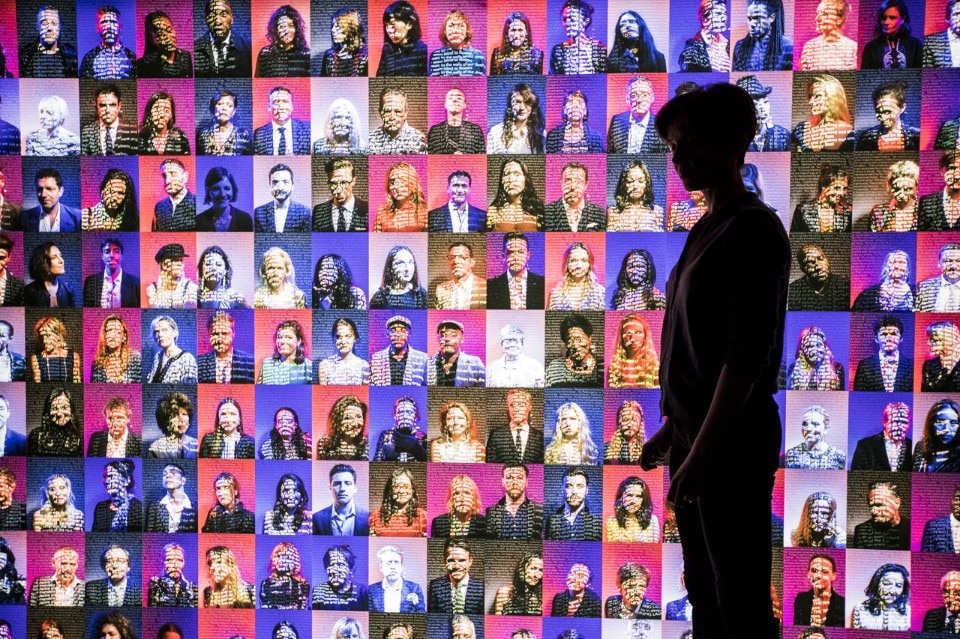
AI: More than Human
Exhibition at the Barbican Centre, London, 2019. Curated by Suzanne Livingstone and Maholo Uchida. Open until 26 August 2019
DIY Food Computer, © Method. Photo Tristan Fewings/Getty Images

AI: More than Human
Exhibition at the Barbican Centre, London, 2019. Curated by Suzanne Livingstone and Maholo Uchida. Open until 26 August 2019
Makr Shakr © Makr Shakr. Foto Tristan Fewings/Getty Images
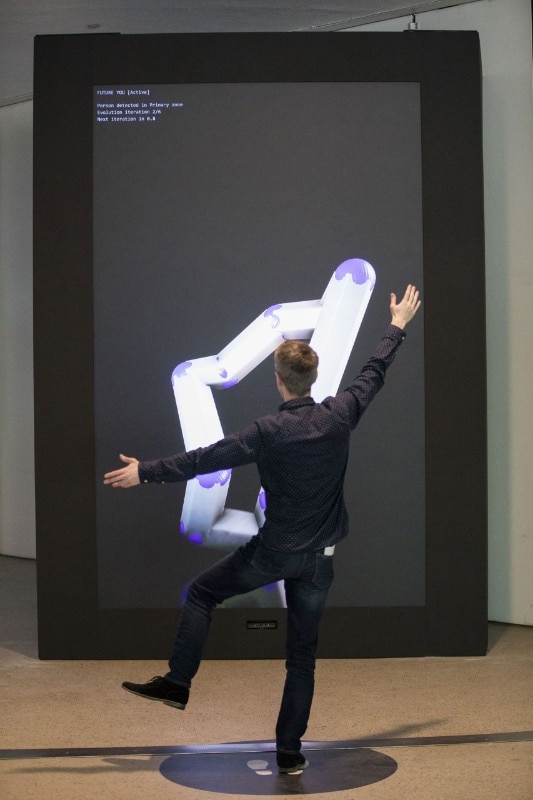
AI: More than Human
Exhibition at the Barbican Centre, London, 2019. Curated by Suzanne Livingstone and Maholo Uchida. Open until 26 August 2019
Future You, © Universal Everything. Photo Tristan Fewings/Getty Images
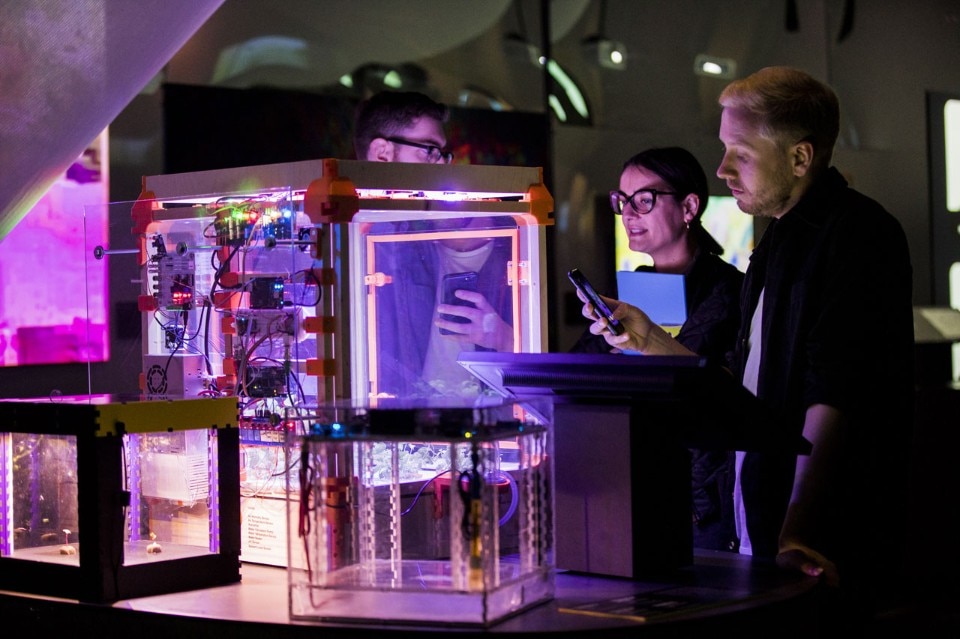
AI: More than Human
Exhibition at the Barbican Centre, London, 2019. Curated by Suzanne Livingstone and Maholo Uchida. Open until 26 August 2019
DIY Food Computer, © Method. Photo Tristan Fewings/Getty Images
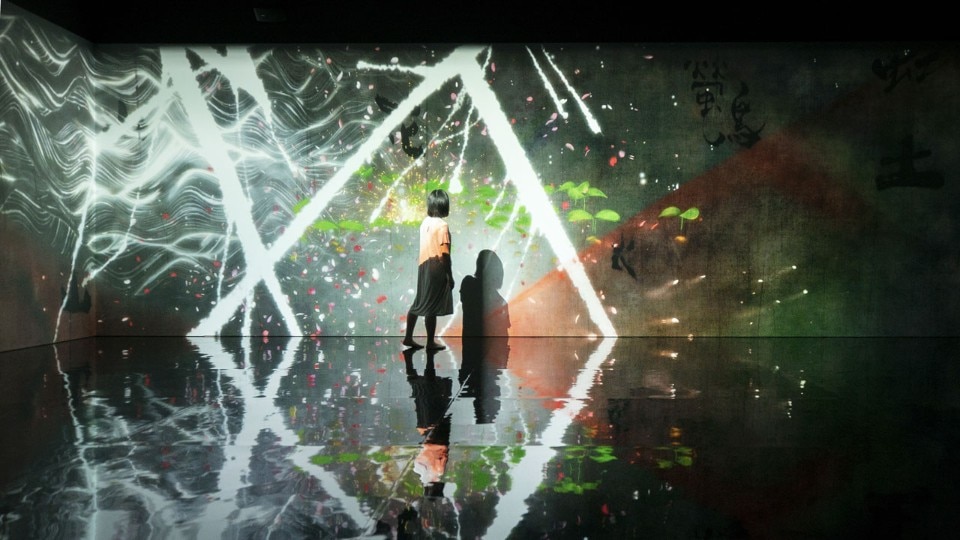
AI: More than Human
Exhibition at the Barbican Centre, London, 2019. Curated by Suzanne Livingstone and Maholo Uchida. Open until 26 August 2019
What a Loving and Beautiful World, © teamLab

AI: More than Human
Exhibition at the Barbican Centre, London, 2019. Curated by Suzanne Livingstone and Maholo Uchida. Open until 26 August 2019
Totem © Chris Salter in collaboration with Sofian Audry, Takashi Ikegami, Alexandre Saunier and Thomas Spier. Photo Tristan Fewings/Getty Images

AI: More than Human
Exhibition at the Barbican Centre, London, 2019. Curated by Suzanne Livingstone and Maholo Uchida. Open until 26 August 2019
aibo © Sony Corporation. Photo Tristan Fewings/Getty Images

AI: More than Human
Exhibition at the Barbican Centre, London, 2019. Curated by Suzanne Livingstone and Maholo Uchida. Open until 26 August 2019
What a Loving and Beautiful World, © teamLab

AI: More than Human
Exhibition at the Barbican Centre, London, 2019. Curated by Suzanne Livingstone and Maholo Uchida. Open until 26 August 2019
Alter 3 © Hiroshi Ishiguro, Takashi Ikegami and Itsuki Doi. Photo Tristan Fewings/Getty Images

AI: More than Human
Exhibition at the Barbican Centre, London, 2019. Curated by Suzanne Livingstone and Maholo Uchida. Open until 26 August 2019

AI: More than Human
Exhibition at the Barbican Centre, London, 2019. Curated by Suzanne Livingstone and Maholo Uchida. Open until 26 August 2019
Kreyon City © Sony Computer Science Laboratory. Photo Tristan Fewings/Getty Images

AI: More than Human
Exhibition at the Barbican Centre, London, 2019. Curated by Suzanne Livingstone and Maholo Uchida. Open until 26 August 2019
Photo Tristan Fewings/Getty Images

AI: More than Human
Exhibition at the Barbican Centre, London, 2019. Curated by Suzanne Livingstone and Maholo Uchida. Open until 26 August 2019
DeepDream: The Artificial Pareidolia © Alexander Mordvintsev Photo Tristan Fewings/Getty Images

AI: More than Human
Exhibition at the Barbican Centre, London, 2019. Curated by Suzanne Livingstone and Maholo Uchida. Open until 26 August 2019
What a Loving and Beautiful World, © teamLab

AI: More than Human
Exhibition at the Barbican Centre, London, 2019. Curated by Suzanne Livingstone and Maholo Uchida. Open until 26 August 2019
Kreyon City © Sony Computer Science Laboratory. Photo Tristan Fewings/Getty Images

AI: More than Human
Exhibition at the Barbican Centre, London, 2019. Curated by Suzanne Livingstone and Maholo Uchida. Open until 26 August 2019
Waterfall of Meaning © Google PAIR. Photo Tristan Fewings/Getty Images

AI: More than Human
Exhibition at the Barbican Centre, London, 2019. Curated by Suzanne Livingstone and Maholo Uchida. Open until 26 August 2019
2065, © Lawrence Lek. Photo Tristan Fewings/Getty Images

AI: More than Human
Exhibition at the Barbican Centre, London, 2019. Curated by Suzanne Livingstone and Maholo Uchida. Open until 26 August 2019
Myriad (Tulips) © Anna Ridler. Photo Tristan Fewings/Getty Images

AI: More than Human
Exhibition at the Barbican Centre, London, 2019. Curated by Suzanne Livingstone and Maholo Uchida. Open until 26 August 2019
Affectiva Driving Game © Affectiva. Photo Tristan Fewings/Getty Images

AI: More than Human
Exhibition at the Barbican Centre, London, 2019. Curated by Suzanne Livingstone and Maholo Uchida. Open until 26 August 2019
Kreyon City © Sony Computer Science Laboratory. Photo Tristan Fewings/Getty Images

AI: More than Human
Exhibition at the Barbican Centre, London, 2019. Curated by Suzanne Livingstone and Maholo Uchida. Open until 26 August 2019
AI, Ain’t I A Woman © Joy Buolamwini/ The Algorithmic Justice. Photo Tristan Fewings/Getty Images League

AI: More than Human
Exhibition at the Barbican Centre, London, 2019. Curated by Suzanne Livingstone and Maholo Uchida. Open until 26 August 2019
Mezzanine © Robert del Naja in collaboration with Mick Grierson, UAL, Goldsmith’s College and Andrew Melchior. Photo Tristan Fewings/Getty Images

AI: More than Human
Exhibition at the Barbican Centre, London, 2019. Curated by Suzanne Livingstone and Maholo Uchida. Open until 26 August 2019
3D printed organ scaffolds © Wake Forest Institute for Regenerative Medicine. Photo Tristan Fewings/Getty Images

AI: More than Human
Exhibition at the Barbican Centre, London, 2019. Curated by Suzanne Livingstone and Maholo Uchida. Open until 26 August 2019
2065, © Lawrence Lek. Photo Tristan Fewings/Getty Images

AI: More than Human
Exhibition at the Barbican Centre, London, 2019. Curated by Suzanne Livingstone and Maholo Uchida. Open until 26 August 2019
DIY Food Computer, © Method. Photo Tristan Fewings/Getty Images

AI: More than Human
Exhibition at the Barbican Centre, London, 2019. Curated by Suzanne Livingstone and Maholo Uchida. Open until 26 August 2019
Makr Shakr © Makr Shakr. Foto Tristan Fewings/Getty Images

AI: More than Human
Exhibition at the Barbican Centre, London, 2019. Curated by Suzanne Livingstone and Maholo Uchida. Open until 26 August 2019
Future You, © Universal Everything. Photo Tristan Fewings/Getty Images

AI: More than Human
Exhibition at the Barbican Centre, London, 2019. Curated by Suzanne Livingstone and Maholo Uchida. Open until 26 August 2019
DIY Food Computer, © Method. Photo Tristan Fewings/Getty Images

AI: More than Human
Exhibition at the Barbican Centre, London, 2019. Curated by Suzanne Livingstone and Maholo Uchida. Open until 26 August 2019
What a Loving and Beautiful World, © teamLab
Important contemporary questions are brought into play: what does it mean to be human? What is conscience? Will machines ever overtake humans? How can human beings and machines work together and collaborate? The first section, entitled “The Dream of AI” opens the exhibition with a fascinating and powerful installation by Kode9, an artist and electronic music star, which brings together sounds and images inspired by the human desire to bring the inanimate back to life. From religious traditions such as Shintoism and Judaism to the scientific mysticism of the Arabian alchemists, Kode9 re-elaborates these ideas, mixing them with sounds sampled from Frankenstein and Blade Runner.
The result is a disturbing and promising start to the exhibition. The Golem is the primordial artificial life form examined by Stefan Hurtig and Detlef Weitz, while Sam Twidale and Marija Avramovic observe artificial intelligence through Japanese Shintoism to give form to the idea that, through the attempt to animate non-living things, over time we have explored the potential and, at times, the fear of a world that we are unable to control. This form of tension has inspired the attempt to create human figures with special skills and to develop systems of intelligence that extend the mind.
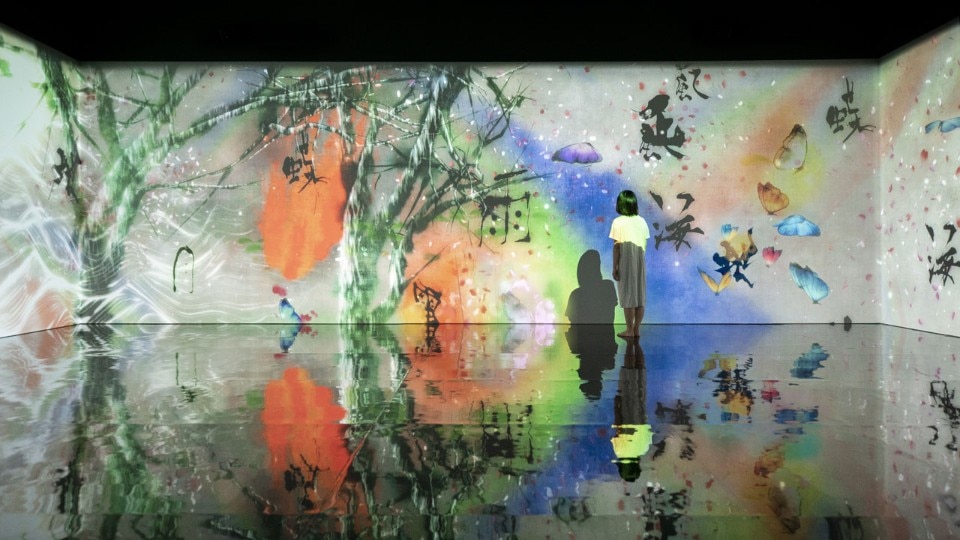
These two dimensions have brought the artificial intelligence project to where it is now. In the second section, “Mind Machines”, the curators have tried to reconstruct a historical view that begins with pioneering attempts to convert rational thought into digital code, from Ada Lovelace and Charles Babbage to Claude Shannon via Alan Turing, right up to DeepMind’s AlphaGo, which became the first computer to beat a human player in the complex game of strategy Go in 2016. This section also analyses the way in which artificial intelligence sees images and understands language. One example is the Google Project Pair Waterfall of Meaning, a poetic examination that reveals how a machine absorbs the human associations between words, creating slam poetry. Circuit Training by Mario Klingemann invites visitors to take part in the construction of a neural network to create a work of art.
The system absorbs and captures our images, selecting that which it considers interesting for the final work, which is continuously in the making. What emerges from the exhibition spaces is how artificial intelligence is a scientific discipline that studies and develops various technologies based on reasoning, on automatic learning, on representation of data, on planning, programming and the optimising of research input. A system that aims to build devices that are capable of solving complex problems in various areas of application. The development of AI is facilitated by continuous growth connected to the analysis of data, to computer security and ethics, also thanks to the support of digital infrastructures such as cloud computing, the internet of things, robotics and smartphones.
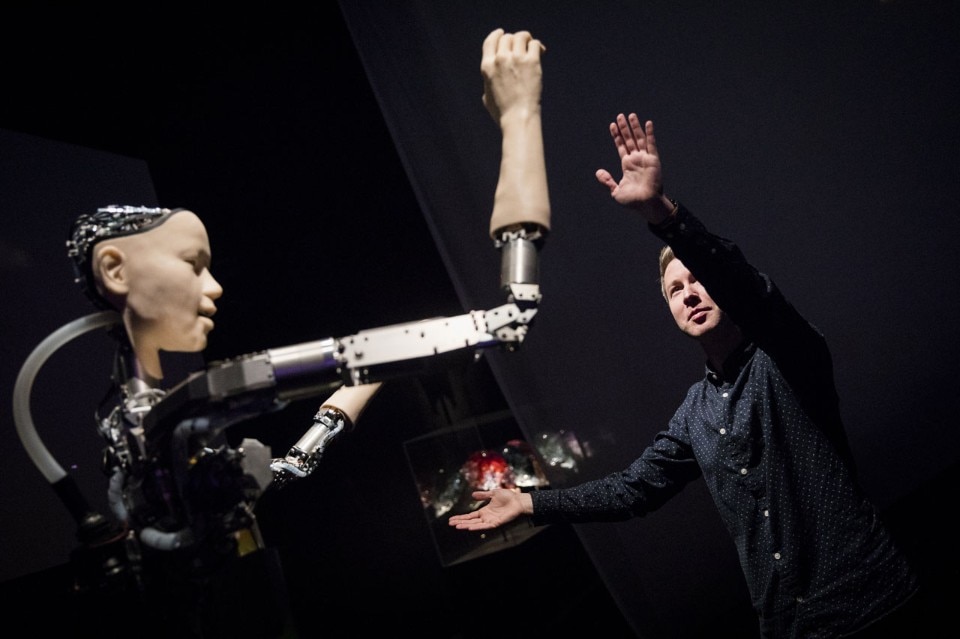
The section “Data Worlds” attempts to reveal how the artificial intelligence that is around us shapes our existence, both in the public and private sphere, through the media that we consume and the products that we purchase. Certain aspects of this semiosphere surrounding our daily lives are revealed, but many examples and sources of the pervasive nature of AI are invisible, interwoven into global systems that are so complex that they are impossible to understand fully. “Data Worlds” brings the reality of AI to the surface, investigating its hidden mechanisms and opening up a future that is often exciting and at times disturbing. One project that is indicative of this double and ambiguous dimension is that of the founder of the Algorithmic Justice League Joy Buolamwini, which examines racial and sexual prejudice in facial recognition software. The designer discovered that an artificial intelligence system detected her better when she wore a white mask. This led to the creation of Gender Shades.
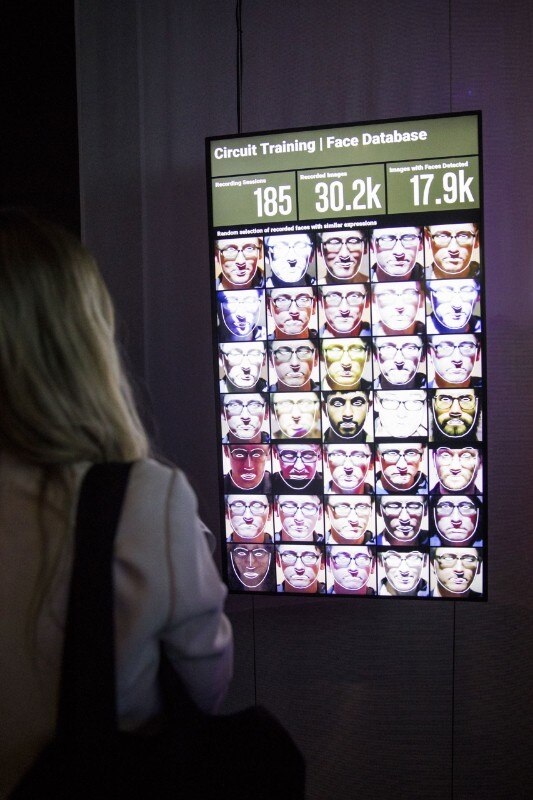
The fourth and final section, “Endless Evolution”, presents us with a beautiful work by Massive Attack, the legendary 1990s triphop group, which celebrates the twentieth anniversary of its most important album, Mezzanine. The project aims to create an artistic work that focuses on the extraordinary possibilities for conflict that music and technology generate when they clash. Mezzanine exists in a neural network and visitors influence the sound through their movements. An open work that looks to the future and invites us to reflect on the laws of “nature” and on how artificial life forms are part of our daily lives. What will the possibilities be for coexistence?
- Exhibition title:
- AI: More than Human
- Gallery:
- Barbican Centre
- Opening dates:
- until 26 August 2019
- Address:
- Silk St, Barbican, London


